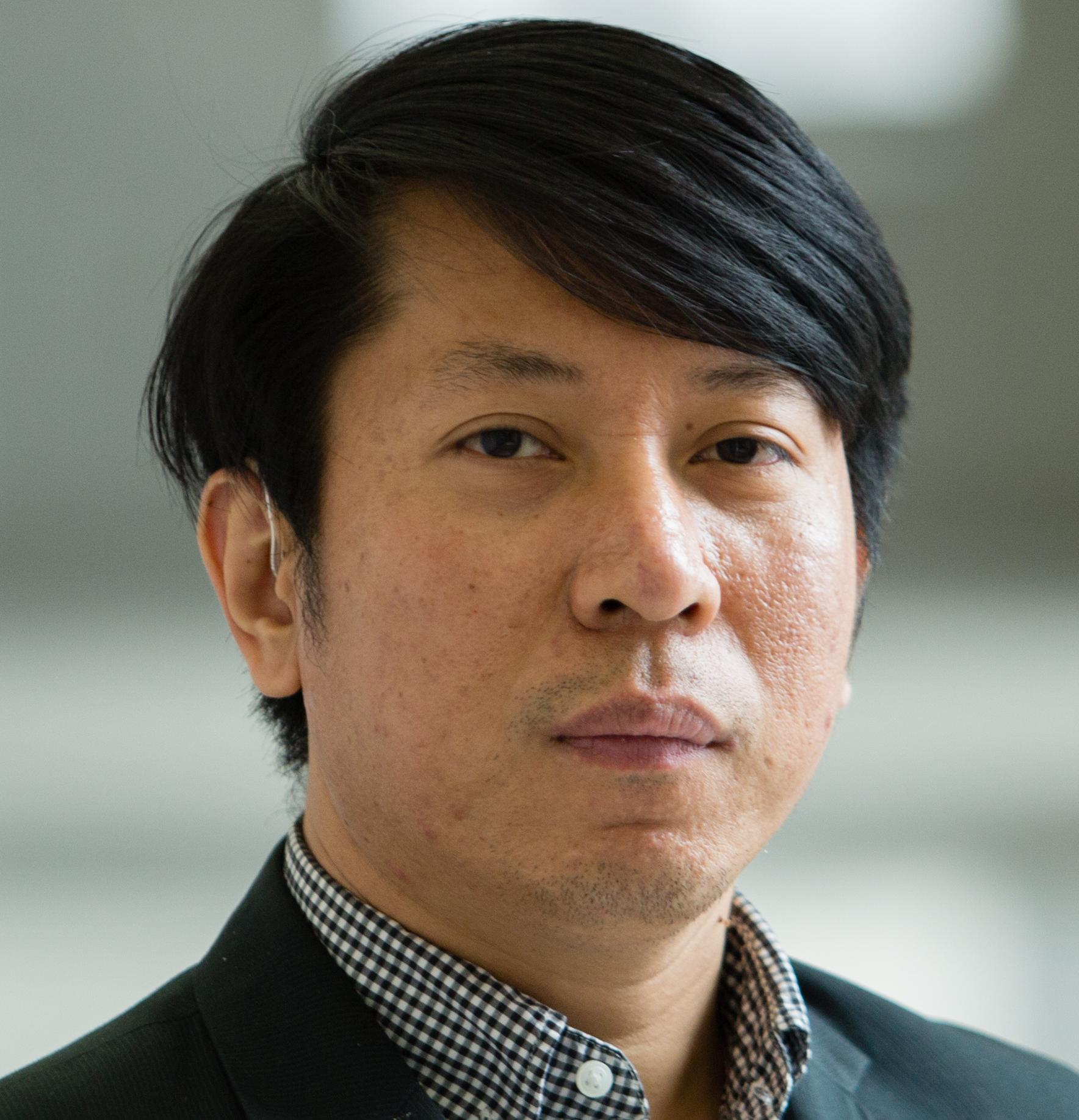Transparent is not a word often associated with Chinese foreign policy, much less its security-related policy. Even when lengthy documents are made available publicly, they can be short on specificities, often leaving China watchers to fill in the blanks with unofficial sources, examples from the past, and conjecture. As China Maritime Studies Institute researcher Ryan Martinson explains, “the specific drivers of a given behavior are often open to interpretation.”

China's State Council Information Office issues a white paper on China's policies on Asia-Pacific security cooperation, Jan. 11, 2017.
Perhaps that is why, just prior to the U.S. presidential transition, Beijing took the opportunity to release a new public reference point: “China’s Policies on Asia-Pacific Security Cooperation.” In this document, the PRC covers its vision for regional security, its bilateral relations with the U.S., Russia, India, and Japan, its participation in multilateral organizations, and its major issues including the South China Sea, Afghanistan, and counter-terrorism. The Trump Administration should look at this publication as an attempt by Beijing to minimize misunderstandings about its own intentions – and more importantly, should use it to inform its design of effective tactics in support of U.S. aims.
A story that started in 2014
The policy document builds on two previous public efforts by China to shape the dialogue around Asian security. The first is President Xi Jinping’s May 2014 speech to the Conference on Interaction and Confidence Building Measures in Asia (CICA), when Xi first suggested a “New Asian security concept for new progress in security cooperation,” which calls for “common, comprehensive, cooperative and sustainable security in Asia.” The second document, released in October 2016, presented by Vice Foreign Minister Liu Zhenmin at the Seventh Xiangshan Forum, elaborated on this new security concept. A review of the development of this narrative over the course of these two speeches and the January policy document reveals three major points that are particularly relevant to Sino-U.S. relations.
The new concept was launched in 2014 with a declaration by President Xi that “outdated thinking from the age of Cold War and zero-sum game” is no longer relevant. Instead, Xi promoted a “multi-pronged and holistic approach” that would respect regional diversity, address “non-traditional” security challenges such as natural disasters and transnational crime, and avoid any single country dominating regional security affairs or infringing upon “the legitimate rights and interests of other countries.”
In its 2016 Annual Report to Congress, the U.S.-China Economic and Security Review Commission called the speech “an inflection point,” representing Beijing’s effort to propose an alternative to the Obama Administration’s so-called pivot to Asia. However, in that same report, the Commission maintained, “Beijing’s proffering of an alternative framework appears thus far to have been largely rhetorical and defined by its opposition to the United States’ approach.”
Vice Foreign Minister Liu Zhenmin, at the Seventh Xiangshan Forum, further elaboratedin October 2016 that Xi’s idea of a new security concept would guide new regional security architecture. Claiming that the concept of common, comprehensive, cooperative, and sustainable security that Xi introduced “has injected new vitality to the development of Asia-Pacific security architecture,” Liu presented a set of rules for this new system: the UN Charter; “universally-recognized rules of international law;” codes of conduct agreed by Asian countries; and “the consensus reached by regional countries through interactions, including ‘the ASEAN Way.’”
Here, the PRC was more specific about driving the security narrative in line with its own approach, positioning the “Five Principles of Peaceful Co-existence” that have guided its foreign policy for over 60 years as one of those universally recognized rules. Liu also highlighted a Code of Conduct in the South China Sea as one of the rules that should govern Asia security, building on a “new international order for the seas” that Liu attributed to the 2002 Declaration on the Conduct of Parties in the South China Sea.
Liu’s speech also included China’s commitment to “sound interactions with other major countries,” referencing Russia, the United States, India, and Japan, as well as Europe. ASEAN is given special mention: “all parties should continue to respect ASEAN centrality in East Asia cooperation.”
As Dr. Alice Eckman observed, Liu’s speech upped the work started in 2014 by Xi: “China is now officially launching an international brainstorming on this topic, in its own terms and conditions.” However, this was not enough to clarify the concepts put forth in Xinjian, of course. For example, what does “ASEAN centrality” mean, asked The Diplomat’s Prashanth Parameswaran?
Further clarifications
With the January 2017 document, Beijing gives the most detailed description to date of the security architecture that it first put forth in 2014. “Common, Comprehensive, Cooperative and Sustainable Security” is now cemented as the overarching concept guiding China’s approach. Three main points specific to U.S. policy in the region deserve highlighting.
First, it is interesting to compare the descriptions of China’s major country relations in the policy statement. The U.S. relationship since 2015 is rather dispassionately described as stable and “maintaining a momentum of steady progress,” while Sino-Russia ties are called strategic, healthy and consisting of “lasting friendship in legal form” (and the fact of their shared border is emphasized). The word “strategic” – missing from the U.S. section – is also applied to India, where “enhanced mutual political trust” and deepened relations overall are noted. Although “complex and sensitive matters” remain between China and Japan, a “momentum of improvement” is reported, and China’s “friendly and cooperative” relations with the rest of Asia Pacific are assured.
This wording can be interpreted to reinforce China’s stated preference for dealing with its Asian “major country” neighbors over the United States when it comes to regional affairs. The Trump Administration should consider how its relations with these powers could best help assure its strategic objectives with China. As former Assistant Secretary of State for East Asian Affairs Kurt Campbell notes in The Pivot, the U.S. should embed its China policy within a larger Asian policy and focus equally on strengthening relations with its Asian allies, both existing and new partners. The U.S. should not consider “China as the key to all U.S., efforts in Asia.”
Second, Beijing takes pains with this document to make a clear warning on the South China Sea: “No effort to internationalize and judicialize the South China Sea issue will be of any avail for its resolution; it will only make it harder to resolve the issue, and endanger regional peace and stability.” Whatever the Trump Administration decides on this issue, it has been warned of escalation, and Washington should not ignore potential opportunities to use China’s preferred channels, such as ASEAN, to manage the situation.
Finally, the U.S. should note what is missing from this document. In the 2014 speech, Xi included environmental and energy and resource security as two of the challenges to be faced within the scope of the new Asian security architecture. The Liu speech did not list specific non-traditional security issues. The 2017 document outlines its participation in the following non-traditional areas: disaster relief, counter-terrorism cooperation, combatting transnational crime, cyber security, maritime security and cooperation on non-proliferation and disarmament. Both environmental and energy and resource security are missing from the list. Does this present an opportunity for the United States to show regional leadership in these areas?
This policy document provides an important public reference point for a proposal that China seems intent on pursuing in the region. The Trump Administration would do well to study it carefully.




